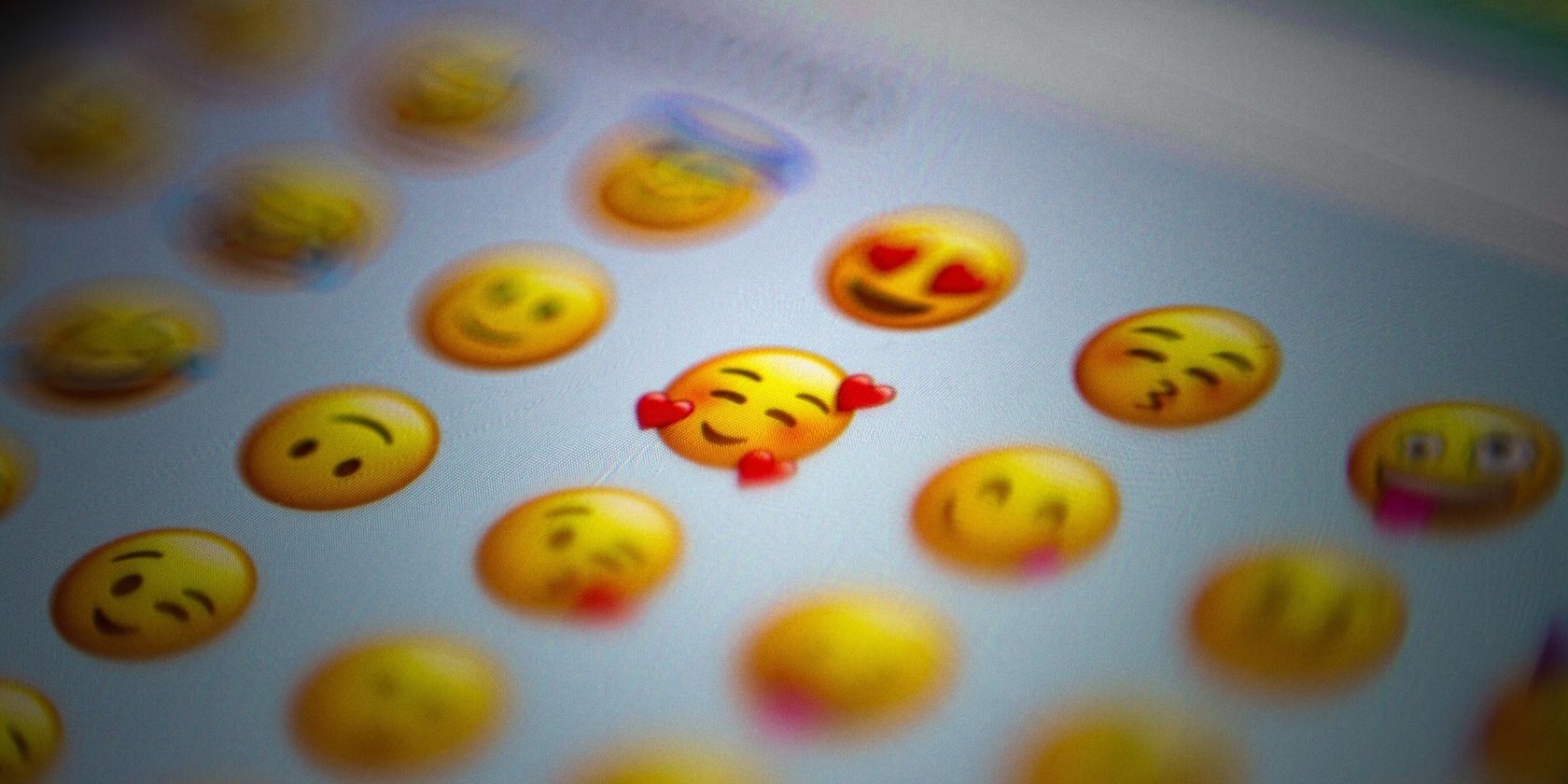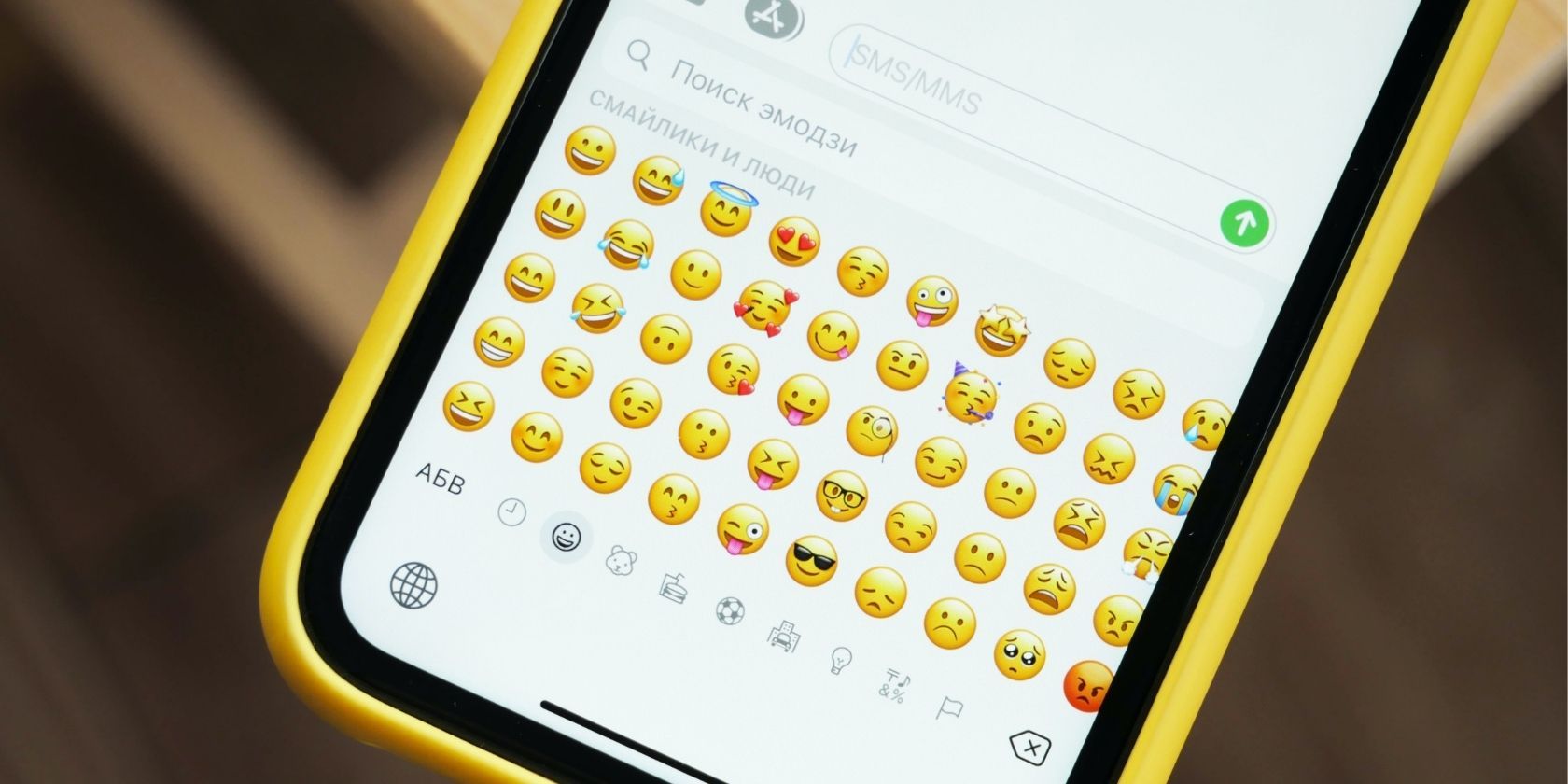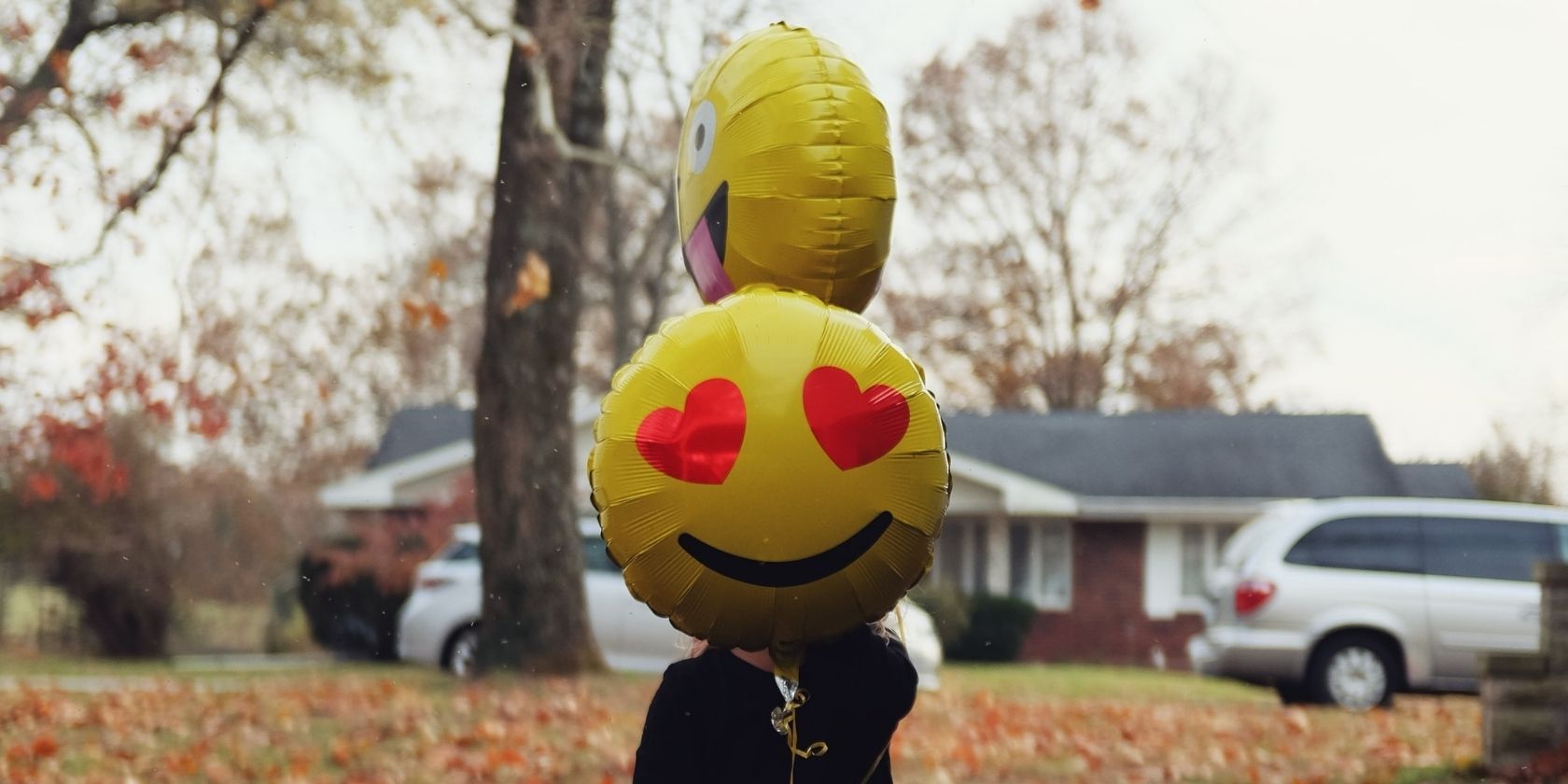Emojis have become second nature when texting. From rising out of a need to express emotion over text messages, these icons have changed the way we use communicate digitally.
Here's a look at the rise of emojis and how they have become a much bigger part of our digital culture...
The Rise of Emojis
Emojis, the little colorful icons and pictures you can add to text messages, can represent a variety of things—from faces to sports, to nature, and transportation.
With the rise of social media and smartphones, they are firmly entrenched in the way people communicate textually. So much so that many smartphone keyboards suggest emojis based on the words you type, saving you from having to search for the perfect one to use.
This comes as no surprise since texting is a short form of communication, so it makes sense that people want to make their communication brief and simple. After all, people have used symbols to communicate for hundreds of years.
Emoticons are the digital predecessors of emoji, starting out as smiley faces using punctuation marks. Some of the most well-known early emoticons, popularised in the 80s, include the ASCII smiley face emoticon: :-).
Emojis were born in Japan in the 1990s and quickly spread around the world, becoming the pictograms that people use as part of their digital communication with one another.
By 2009, Apple introduced the emoji keyboard for all iPhone users. And by 2015, the Oxford English Dictionary named the laughing face with tears of joy emoji as its Word of the Year.
Emojis have also moved into art and merchandise, where you can get your favorite emoji on everything from your slippers to your mug.
How Emojis Act as Language
Language adapts with time and emojis are one of the ways that online communication has evolved. It can be argued that emojis make online communication richer and more emotive. In text, they’re the substitute for gestures, tone of voice, and facial expressions.
When it comes to using emojis, there aren't really grammatical rules to use as a guideline. It comes down to context.
People have also transformed the meaning of certain emojis, allocating inferred or metaphorical meanings to them that are culturally understood. For example, the skull emoji can be used in response to something funny or embarrassing and people share the flames emoji when something is considered cool.
Words can easily be misconstrued through text, but emojis can help make the distinction of intent clearer. For instance, emojis can be the difference between a message being understood as sarcastic or not. Emojis can also be repeated to show emphasis, a practice not usually done with English words.
Linguist Gretchen McCulloch argues that the internet changes the way we use language and the way we think about it. It has become part of a language that is democratic, where humans online collectively negotiate meanings of things like emojis.
In today's age, emojis are being used in business emails, as part of annotations in professional online meetings, and for features on social media platforms, like Twitter's Twemojis.
But we also have an effect on emojis. As we’ve seen, emojis have become more inclusive so that they no longer exclude the diverse ranges of people that use them.
Some emojis have been adapted in line with sensitivities, like the gun emoji which was once a representation of a handgun and was later changed to a kids toy gun, which conveys a more harmless meaning.
The Benefits of Emoji in our Communication
These go-to forms of expression have the power to transcend language barriers.
While some people may frown upon the use of emojis as frivolous, there's no doubt that they've made our online communication richer and more nuanced.
Image Credit: Domingo Alvarez E/Unsplash



